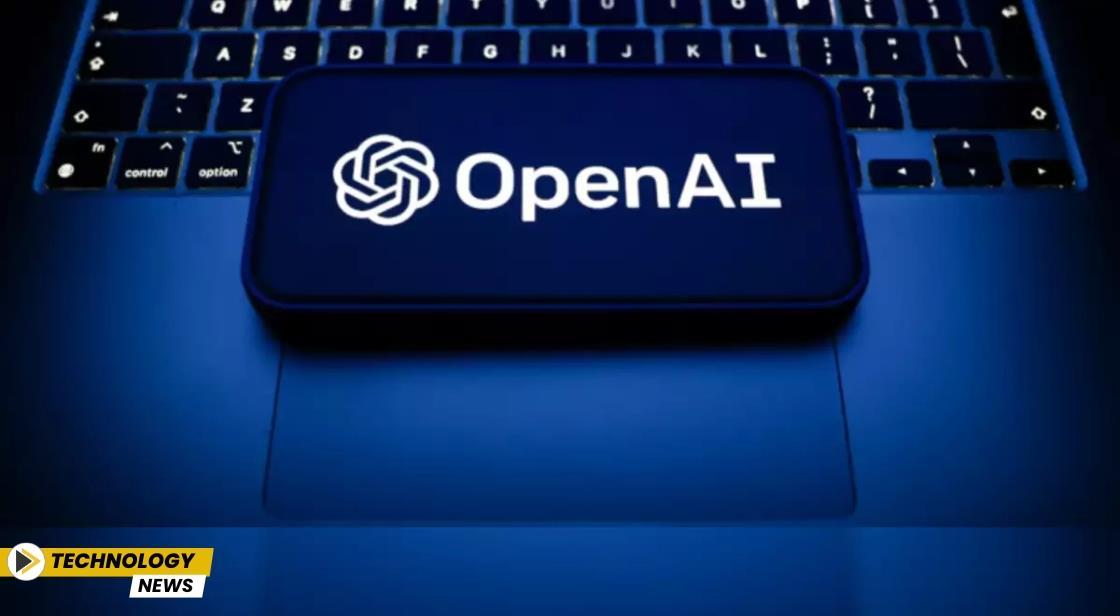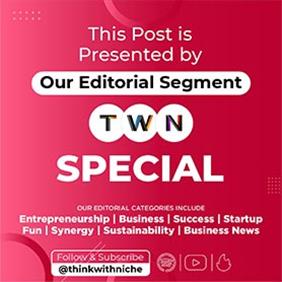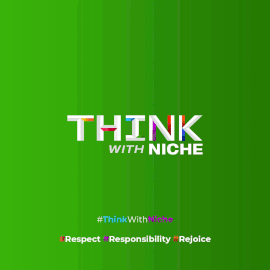OpenAI Launches Sora, Its AI-Powered Social Video Platform

News Synopsis
OpenAI has unveiled Sora, a new social application that brings AI-powered video creation directly to users, signaling its entry into the short-form video arena. The app is currently invite-only and only available on iPhones in the U.S. and Canada. It fuses generative AI capabilities with a TikTok-style feed, enabling users to create, remix, and share short video clips.
OpenAI rolls out Sora — its AI video social app
Alongside the app, OpenAI released Sora 2, the upgraded video generation model that powers more realistic motion, synchronized audio, and enhanced storytelling.
A social app built around AI and user likeness
Cameos — your likeness under your control
At the heart of Sora is the “cameos” feature. Users record a one-time video and audio sample of themselves, which verifies their identity and captures their facial and vocal likeness. That verified cameo can then be used to generate new short videos—either by the user or by friends—with strict permission control. OpenAI emphasizes that this co-ownership ensures users remain in charge:
“Only you decide who can use your cameo, and you can revoke access or remove any video that includes it at any time.”
If someone has not uploaded a cameo, their likeness cannot be used in Sora-generated content, preventing unauthorized deepfakes.
Remix, feed, and creation constraints
Users can remix existing clips, follow trends, and interact through a scrolling feed. Generated videos are currently limited to 10 seconds in length.
The recommendation system considers user activity, location, engagement, and optionally, ChatGPT conversation history, though the latter can be turned off by users.
Parental and content safety controls are included—users (and parents) can restrict infinite scroll, disable personalization, and set usage limits to mitigate overuse.
Safeguards, restrictions & safety architecture
Consent, public figures, and content limits
Sora restricts creation of videos featuring public figures unless those individuals themselves have uploaded a cameo and granted permission.
Explicit, extreme, or harmful content is blocked by default.
Every generated video includes both visible watermarks and embedded provenance metadata (C2PA) to distinguish AI content from real footage.
OpenAI also applies automated filtering and human moderation for content that violates policies, especially around identity misuse or harmful media.
Special protections for teens
Teen users are subject to stricter defaults: limited feed generation, restricted messaging, and parental control overrides via ChatGPT. OpenAI+1
Behind the scenes — Sora 2 & technical advances
Sora 2 significantly improves over its predecessor by offering more realistic physical motion, better continuity across shots, and audio-video synchrony.
OpenAI’s blog notes that Sora 2 can “drop you into any Sora scene with remarkable fidelity”—meaning the system can integrate real people, animals, or objects into generated content.
OpenAI describes that previous video models sometimes “morph objects or deform reality” (e.g. making a missed basketball shot teleport), whereas Sora 2 respects physics more strictly (balls rebound, gravity behaves).
The app is launched first on iOS in the U.S. and Canada, with plans to expand to more countries and possibly Android support.
An API is slated to allow third-party integration of Sora 2 into external tools and services.
Monetization & rollout strategy
-
Sora is free at launch, with usage capped to manage compute limits.
-
In times of high demand, users may need to pay to generate extra videos.
-
ChatGPT Pro users will receive priority access to the “Sora 2 Pro” model without needing an invite.
-
Early users receive up to four invites to share with friends.
Risks, challenges & industry implications
Misinformation & identity misuse
Though safeguards exist, the potential for misleading AI-generated videos or nonconsensual use of likeness remains a major concern. Experts warn of a future flood of synthetic content.
Copyright and content sourcing
Sora reportedly draws on copyrighted content under an “opt-out” model, prompting pushback from studios like Disney, which have already withdrawn permission.
Saturation of AI content
Some critics fear the internet may become saturated with low-effort AI videos (“AI slop”), crowding out originality and undermining trust in media.
Regulatory, privacy, and ethical oversight
Regulators may examine issues around deepfakes, digital identity, data privacy, and the balance between innovation and abuse. The efficacy of watermarking, metadata, and traceability will be tested.
Conclusion
OpenAI’s launch of Sora and its AI video engine Sora 2 marks a bold foray into social video content powered by generative AI. By combining a TikTok-style feed, remix functionalities, and cameo-based identity control, the app seeks to give users creative power while retaining control over how their likeness is used.
Safety measures, consent mechanisms, and provenance attribution are built in from the start, though risks around misuse, misinformation, and copyright remain serious hurdles.
As Sora rolls out beyond its invite-only U.S./Canada phase and expands to more platforms and integrations, its success will hinge on trust, regulatory adherence, and how well it balances innovation with responsibility.
You May Like









